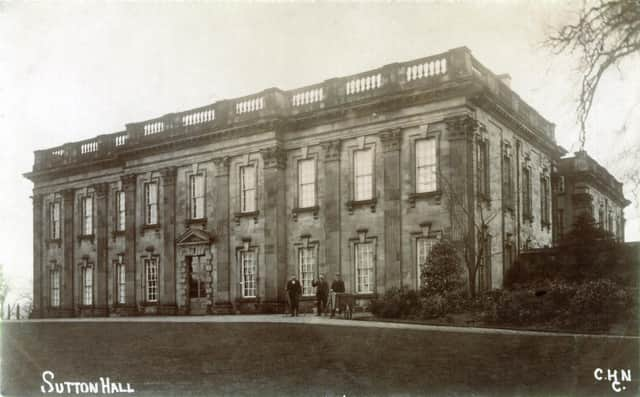They include a ruined mansion which once served as a backdrop to a Hollywood film, the former manor homes of the wealthiest and best-known Derbyshire families and several houses built on the historic sites of much older Medieval country seats.
Chesterfield and District Civic Society has produced a list of lost, or much reduced, country properties within a 10-mile radius of Chesterfield.
Others not pictured include Wingfield Manor at South Wingfield, Whittington Manor, Walton Hall, Spital House, Sutton Scarsdale Hall, Park House at Pilsley, Linacre Hall at Brampton and Caus Hall at Old Brampton.
We’ve also included photos and illustrations of historic lost buildings from the archives, including Melbourne Castle.
Others not pictured include Wingfield Manor at South Wingfield, Whittington Manor, Walton Hall, Spital House, Sutton Scarsdale Hall, Park House at Pilsley, Linacre Hall at Brampton and Caus Hall at Old Brampton.
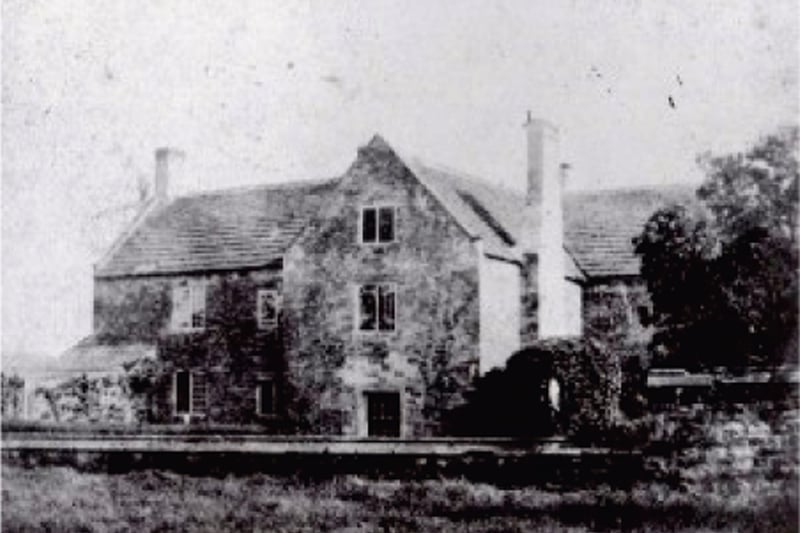
5. Oldcotes, Heath
The last mansion built by Bess of Hardwick, completed in the 1590s for her second son William Cavendish. The civic society said: "Because his first wife died young, William never moved to Oldcotes from Hardwick and the house was little used. Later sold to the Pierrepont family, who lived there for a time but in 1700 dismantled Oldcotes. Some of the facing stonework was used to build High House nearby. A farm now stands on the site of Oldcotes." Photo: philip.riden
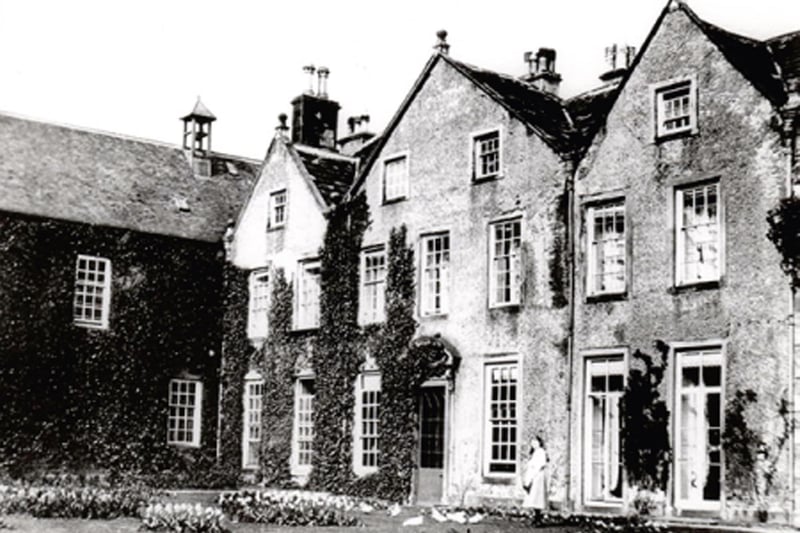
6. Glapwell Hall
A 17th Century house demolished by the National Coal Board in the early 1950s. It was originally occupied by the Woolhouse family and later their successors, the Hallowes family. Photo: philip.riden
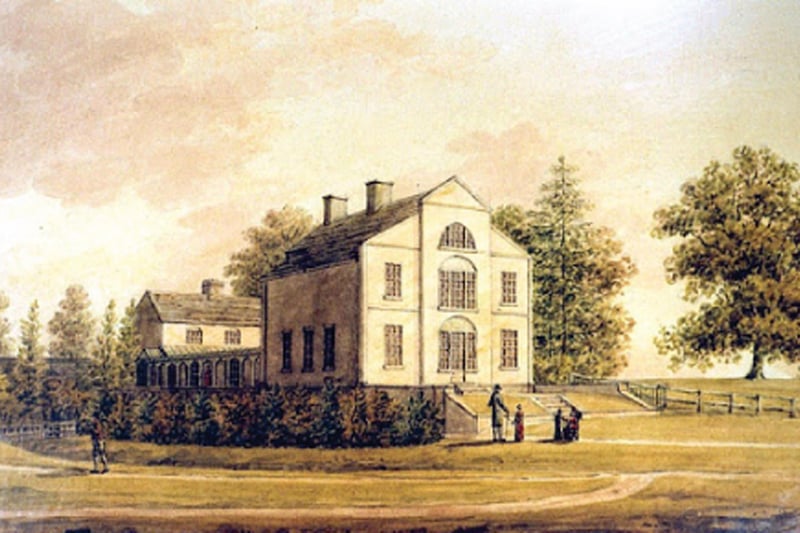
7. Romiley Hall, Clowne
A small country house built in the late 18th Century on the site of an older house. It became a tenanted farmhouse in the late 19th Century and has since been largely demolished. Photo: philip.riden
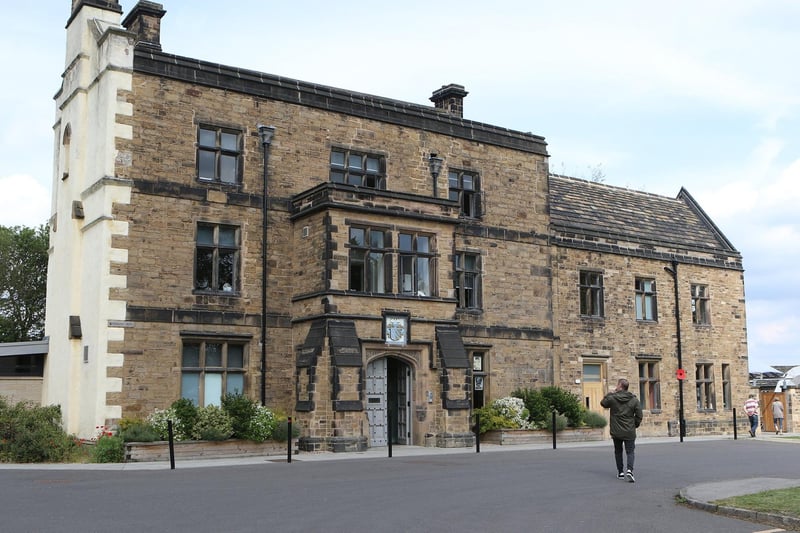
8. Staveley Hall
The present building is a much reduced fragment, dating in its present form from the mid-19th Century, of a large mansion built by Sir Peter Frescheville in 1604. The civic society said: "It stands on the site of earlier houses going back to Domesday Book, when the manor of Staveley was held by the Musdard family, the Freschevilles’ predecessors. There is a fine heraldic datestone over the modern main entrance." Photo: jason chadwick
